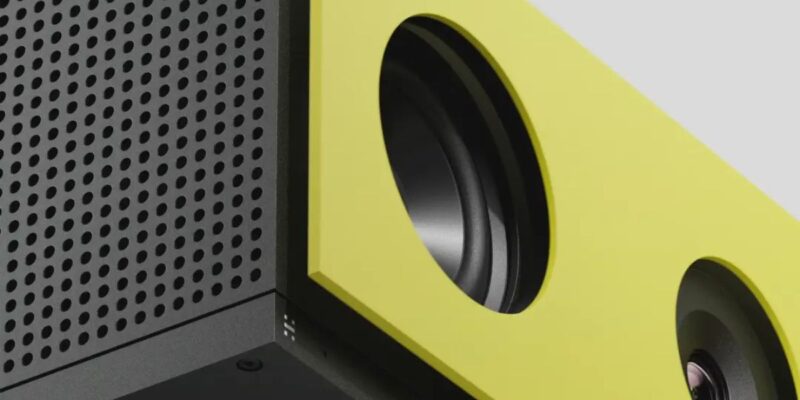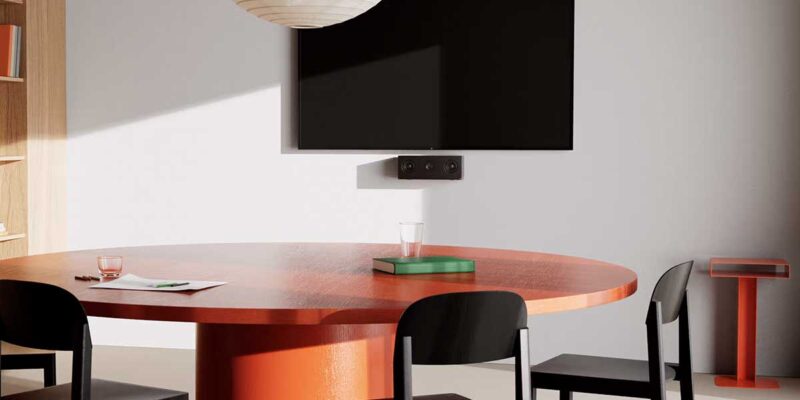Simple Can Be Elegant

As technology people, we in the AV world are not immune to being drawn to new, fancy, shiny objects. We know we need to ask the right questions, make sure it fits our needs (or our customers’ needs), but wow, that new tech can be exciting. On occasion, we are also drawn in the opposite direction. For me, it has always been digital whiteboards; I just have never liked them. They are too confusing to use and have never caught on, even with the most willing faculty to try new things. So, my solution has always been to have people use the plain whiteboard at the front of the room.
But, recently, rAVe posted a blog about a product called Canvas from Huddly. The beauty of this product is in its simplicity and resulting design. The people who developed it saw a single problem (I am guessing, I have not interviewed them) during virtual meetings: You need to be a tech wizard to integrate a whiteboard into the session. That is an obvious problem, and they came up with a straightforward solution: a camera that mounts over a whiteboard and connects to your device (likely a computer) via USB. The company integrated the camera with Teams and Zoom. To use it, you select it in your application of choice as the content camera. That is it! And guess what, no extra training is required to teach someone how to use a whiteboard. That is intuitive to a faculty member.
Over the summer, we have worked with faculty on several ways to use a whiteboard in a virtual meeting. We have used iPads, we have used JamBoards, and even drawing apps to mimic a whiteboard. Each of those took time with the faculty member to “get used” to using it, and always ran into the inevitable: something not working. These features also miss one key element that the Canvas does not. It allows someone to get up out of their chair and write on a whiteboard normally. Take a moment to think about that and your experiences with Zoom meetings. One of the worst things about them is you just sit there and do nothing but look at a screen. The ability to get up and get blood flowing energizes a faculty member. It allows them to write on a board like they would during a regular, in-person class.
To make the product even more straightforward to use and install, it comes with a built-in USB and power-over-Ethernet extender. So, you have a single wire to get to the small camera that is over the whiteboard. Another way to put this is that a faculty member could even install this in their home office on their own. AI is built into the device that corrects for any keystone effect of the camera, along with taking away glare, boosting the marker colors and removing the image of people standing in front of the whiteboard. Check out the video on the Huddly site — the image on the whiteboard really pops. And again, let me point out, it does all this without a whole bunch of clicking buttons and configuring things. It just works. In fact, you don’t even need to turn it on because it senses when someone is at the whiteboard and turns itself on.
You will likely go look at this product and be pretty interested, as I was. But, because we are technology people, you will also start to say, “but I wish it did XXX.” That is a natural reaction — and I did it as well. For example, I thought that it would be improved if the people on the other end could interact with what the professor was writing on the whiteboard. However, this quickly leads you down the road of a more complicated device, and that is the rub. There are many very detailed devices out there that do all kinds of great things with whiteboard and collaboration. If you have faculty (and students) who are genuinely able and willing to learn how to use all those features, then, by all means, use one. But, don’t throw away the idea that simple is sometimes very elegant.




